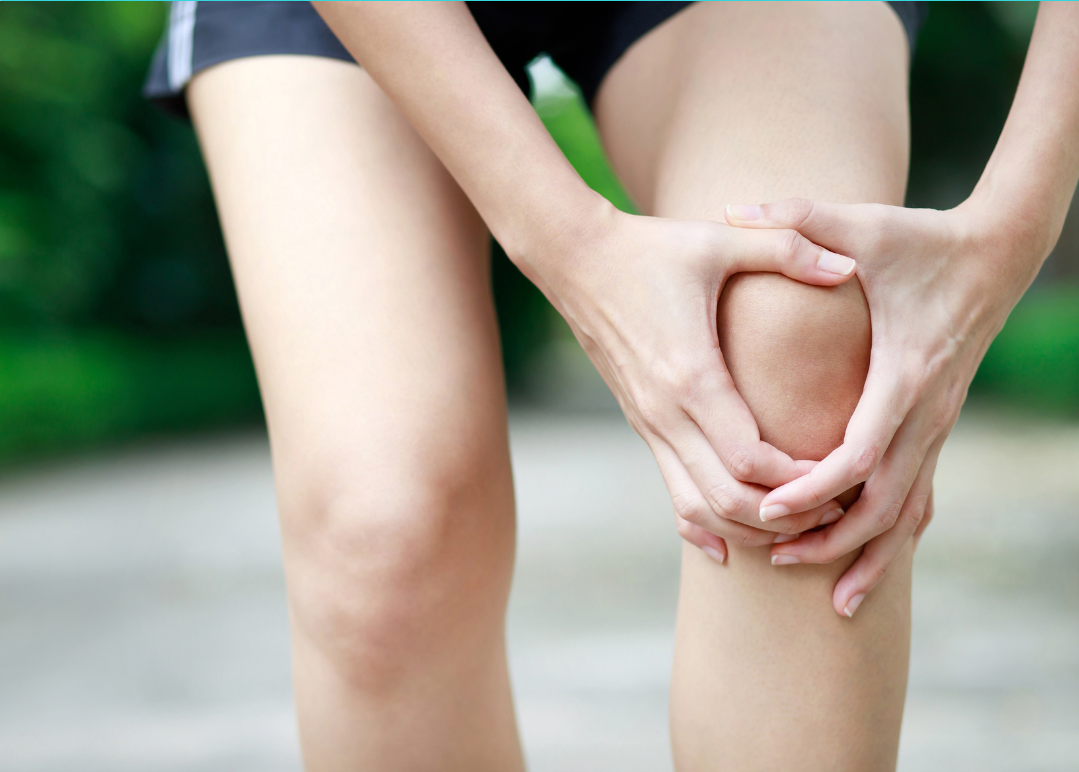What is it?
Does your knee hurt when you stand up after sitting for a long period of time? Does it hurt when you climb stairs, walk or run? You think to yourself, I haven’t had any fall or twist to my knee. It is quite possible you have ‘Runners Knee’ or the more technical term Patellofemoral pain syndrome (PFPS). This condition is one of the most common knee pain issues in active individuals and the elderly. The area of injury is behind the knee cap (patella) however it can be felt on the front, side and even the back of the knee.
There are many causes for runner’s knee, a common cause is an increase spike in load to the knee (e.g. training for a marathon). It is important to note, that this is not only caused by running. Any activity that places load on the knee joint can cause this condition such as lunging, squatting, stairs, and even weight gain. PFPS can also occur when the muscles around the knee become weak (e.g. sedentary behavior) which can lead to more load being placed on the knee joint.
How can physiotherapy help with runners’ knee?
A Myphysio physiotherapist can perform a comprehensive assessment to find out the underlying cause of your knee pain. They will identify which muscles are weak and/or tight then provide you with the appropriate rehabilitation plan to target these areas. Our physiotherapists will also provide manual therapy as part of the treatment to help provide some relief for your knee pain. Book a consultation with one of our friendly physiotherapists today to sort out that knee pain. Follow us on Instagram for physiotherapy tips on exercises that can help settle that knee pain.
Here are some things you can expect from a physiotherapy session
- Detailed assessment on the cause of your knee pain
- An explanation of the diagnosis and prognosis
- Manual therapy to reduce the pain (soft tissue massage, joint mobilization techniques, etc)
- Taping to place less load on the knee joint
- Load management and activity modification advice
Prevention:
You recovered from runner’s knee but are worried that you might injure it again? Don’t fret! Here are some simple strategies to help reduce the recurrence of this common condition.
- Ensure that you slowly build up to your workout goals. E.g. if you plan to run 10kms without any prior experience then start off with a shorter distance and gradually increase the load over time.
- Maintain a healthy weight so there is less load on the knee joint
- Wear appropriate exercise gear for your workout. This includes appropriate shoes to support the foot.
- Include a structured strength and conditioning program for your lower limb to strengthen the muscles to support the knee joint.

